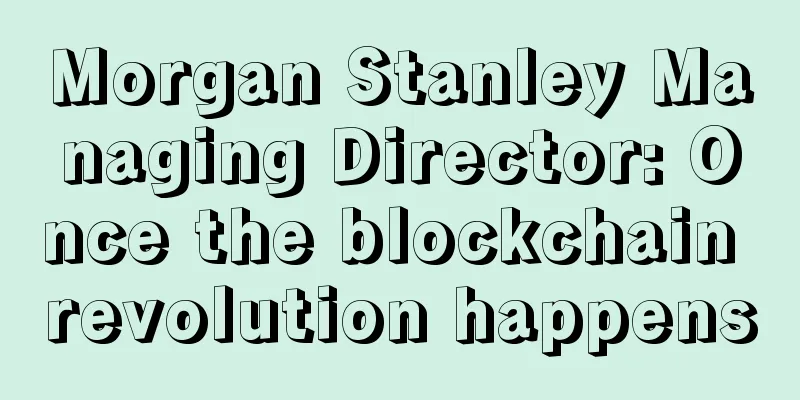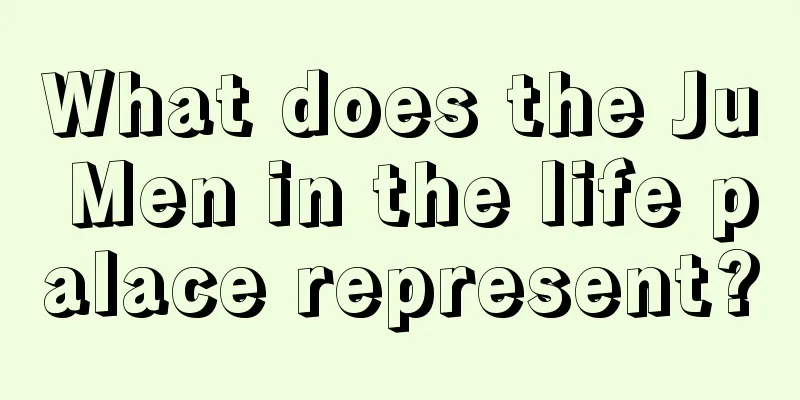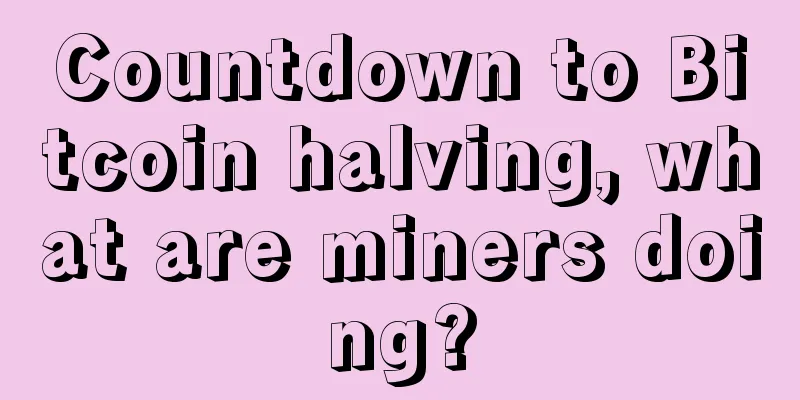Morgan Stanley Managing Director: Once the blockchain revolution happens

|
In the world of financial policy, few issues are more contentious than the impact of blockchain, the distributed ledger technology behind the digital currency Bitcoin. Will the technology threaten the profits of financial intermediaries, or even jeopardize their business models? Will it weaken central banks’ control over global payments and securities processing? Or will it be a tool to simplify complex processes, increase resilience and enhance transparency? The case for reform is clear. Even if the dangerous experiment with negative interest rates proves to be shorter-lived than many fear, banks will still need more operating leverage in a modestly growing economy. So what is the key to cutting costs? The answer is to make full use of new technologies to improve productivity. This is where blockchain comes in. It promises to provide a unique shared database across multiple sites and geographic regions that acts as a public ledger for all transactions. Widespread adoption may still be a decade away, as issues such as scalability and standards have yet to be resolved . In the meantime, despite the hype surrounding the technology, several misconceptions remain. To the more radical proponents of blockchain, a distributed ledger implies a peer-to-peer system that eliminates the need for a middleman. However, neither banks nor policymakers have seriously considered the idea of building a "permissionless" network, mainly due to anti-money laundering and "know your customer" (KYC) rules. This undoubtedly raises the question of who is responsible. Another common claim is that blockchain will wipe out existing infrastructure. But its scalability is unproven, and businesses cannot risk using an unproven system to handle trillions of dollars in daily flows. Blockchain will need to be able to interface with existing technologies to be usable and affordable. This is more of an evolution than a revolution. What does this mean for policymakers? Christopher Giancarlo, a commissioner at the Commodity Futures Trading Commission , argues that regulators must take a “do no harm” stance if blockchain technology is to flourish. He’s right. Regulators should be neutral about new technologies, but there are practical steps they can take to encourage blockchain innovation. A recent report from Morgan Stanley lists 10 potential barriers to blockchain adoption in the banking industry. Half of these barriers require cooperation from government authorities to overcome. The adoption of blockchain technology depends on regulations, most of which are not yet in place. First, regulators need to work with innovators in areas such as digital identity, smart contracts, tokenization, privacy, and data ownership. Second, they need to address legal issues. For example, who is responsible in a decentralized system? Who has jurisdiction when the network is distributed across many regions and companies? How should existing regulations be modified to accommodate new technologies and business models? More generally, service sharing is likely to become a core key for banking over the next decade. Regulation will play a key role in supporting this transformation. A healthy financial system will require more cost sharing, given that multiple regulators are not conducive to integration. This includes areas such as KYC, which are particularly difficult to manage when legal interpretations vary. Blockchain may bring dramatic change. When it does, there will be losers —just as floor traders found themselves redundant when stock exchanges underwent technological upheavals. This will not spell the end of all intermediaries, however. Instead, it will buoy winners, who will be able to manage orders of magnitude more volume than in the past, at a fraction of the cost, and offer more functionality to investors. The blockchain revolution, once it happens, may prove equally important to customers. The writer is a managing director at Morgan Stanley and a member of the World Economic Forum ’s Global Agenda Council |
<<: Suzhou police cracked a Bitcoin extortion case, hackers stole 17 million pieces of information
>>: The new wave of digital currencies: The European Central Bank needs to "find debt"
Recommend
10 types of rich men's palm readings
1. Round palms In palmistry, if a man's palm ...
How to tell the fortune from the face
It is believed that many people know that facial ...
Face analysis: the face of a woman with a small nose
Face analysis: the face of a woman with a small n...
Is it true that men with protruding lips are very vicious?
In fact, a person's character can be seen fro...
The inner monologue of ordinary gamers: How long will it take for us to buy cheap graphics cards?
Since September last year, graphics cards have no...
Former Canadian Prime Minister Says Bitcoin Could Become a Reserve Currency
On January 18, according to foreign media reports...
Ripple successfully obtained $55 million in Series B financing and signed contracts with several banking giants
On the evening of September 15th, Beijing time, d...
Is it good for a woman to have double eyelids on both upper and lower eyelids? Will double eyelid surgery affect your fortune?
Double eyelids are considered beautiful in today&#...
Understand your personal fortune from the characteristics of teeth
Understand your personal fortune from the charact...
The Evolution and Future Prospects of Ethereum Staking Ecosystem
Key Takeaways: Ethereum’s staking ecosystem has c...
Analysis of the facial features of women with crow's feet
The facial features of women with crow's feet...
Beware of exchange risks under tightened foreign exchange regulation
1. Is the market maker short selling fake news? T...
The financial technology explosion: China goes cashless, consumers abandon banks
The U.S. International Trade Administration (ITA)...
What is the fate of a person with broken eyebrows? What does broken eyebrows mean in physiognomy?
In physiognomy, eyebrows affect one's fortune...
Finger reading: Analyze your destiny based on the length and shape of your fingers
Each finger represents a person's fortune and...









